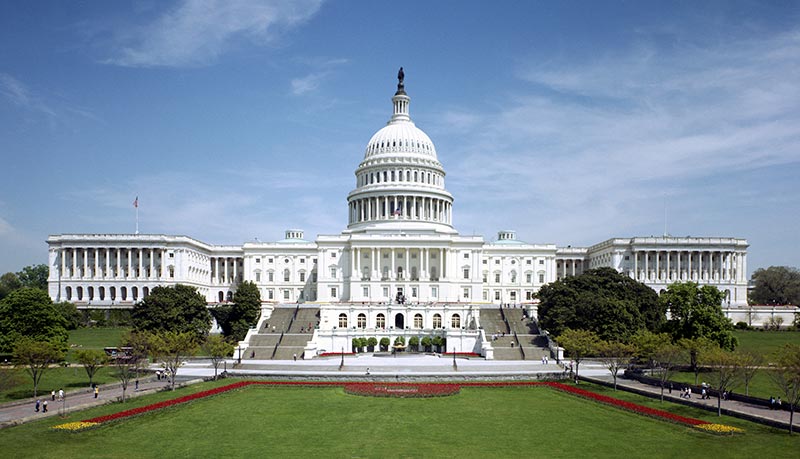On March 27, 2020, President Trump signed a two trillion dollar coronavirus stimulus package into law which made available a $350 billion paycheck protection program aimed at helping small businesses in the wake of the coronavirus pandemic. This law, referred to as the CARES Act, enlists the Small Business Administration to back more loans, mainly through its 7(a) loan program.
Together with the Coronavirus Preparedness and Response Supplemental Appropriations Act passed on March 6, 2020, the measures increase the number of eligible businesses and provide additional assistance to companies struggling to maintain operations and keep employees on payroll.
While the details on how to apply for the newly available loans are unclear, the SBA is expected to release guidance on this soon. However, some details of the loan changes have been revealed.
Paycheck Protection Program:
-Temporary increase to the maximum loan amount from $5 million to $10 million during the period from February 15, 2020, through June 30, 2020
-Maximum loan amount is lesser of $10 million or the sum of 2.5 times the average monthly payroll cost in 2019
-Average monthly payroll costs include wages for employees, expenses for paid sick leave, health care, and other benefits
-Temporarily guarantees 100% of the loans, regardless of loan amount (up to the maximum)
-Temporarily lifts the SBA’s size standards making any business under 500 employees, including sole proprietors and independent contractors, eligible
-The maximum interest rate for the loans is now capped at 4 percent
-Waives the requirement for businesses to show they can’t get a loan elsewhere
-Businesses will not need to provide a personal guarantee or collateral
-Expands the permitted use of funds to include payroll, paid sick leave, mortgage payments, rent payments and servicing existing debt
Loan Forgiveness:
-Any portion of the loan used for payroll, utilities, rent, mortgage, and/or existing business debt may be forgiven. To receive this dollar for dollar loan forgiveness, workers need to remain employed through June 30th.
-Businesses that have laid off before accepting the loan will not be subject to penalties. If those businesses rehire employees after accepting the loan, they’ll receive additional credit to cover wages.
We will continue to provide more information as it becomes available.
Together with the Coronavirus Preparedness and Response Supplemental Appropriations Act passed on March 6, 2020, the measures increase the number of eligible businesses and provide additional assistance to companies struggling to maintain operations and keep employees on payroll.
While the details on how to apply for the newly available loans are unclear, the SBA is expected to release guidance on this soon. However, some details of the loan changes have been revealed.
Paycheck Protection Program:
-Temporary increase to the maximum loan amount from $5 million to $10 million during the period from February 15, 2020, through June 30, 2020
-Maximum loan amount is lesser of $10 million or the sum of 2.5 times the average monthly payroll cost in 2019
-Average monthly payroll costs include wages for employees, expenses for paid sick leave, health care, and other benefits
-Temporarily guarantees 100% of the loans, regardless of loan amount (up to the maximum)
-Temporarily lifts the SBA’s size standards making any business under 500 employees, including sole proprietors and independent contractors, eligible
-The maximum interest rate for the loans is now capped at 4 percent
-Waives the requirement for businesses to show they can’t get a loan elsewhere
-Businesses will not need to provide a personal guarantee or collateral
-Expands the permitted use of funds to include payroll, paid sick leave, mortgage payments, rent payments and servicing existing debt
Loan Forgiveness:
-Any portion of the loan used for payroll, utilities, rent, mortgage, and/or existing business debt may be forgiven. To receive this dollar for dollar loan forgiveness, workers need to remain employed through June 30th.
-Businesses that have laid off before accepting the loan will not be subject to penalties. If those businesses rehire employees after accepting the loan, they’ll receive additional credit to cover wages.
We will continue to provide more information as it becomes available.

